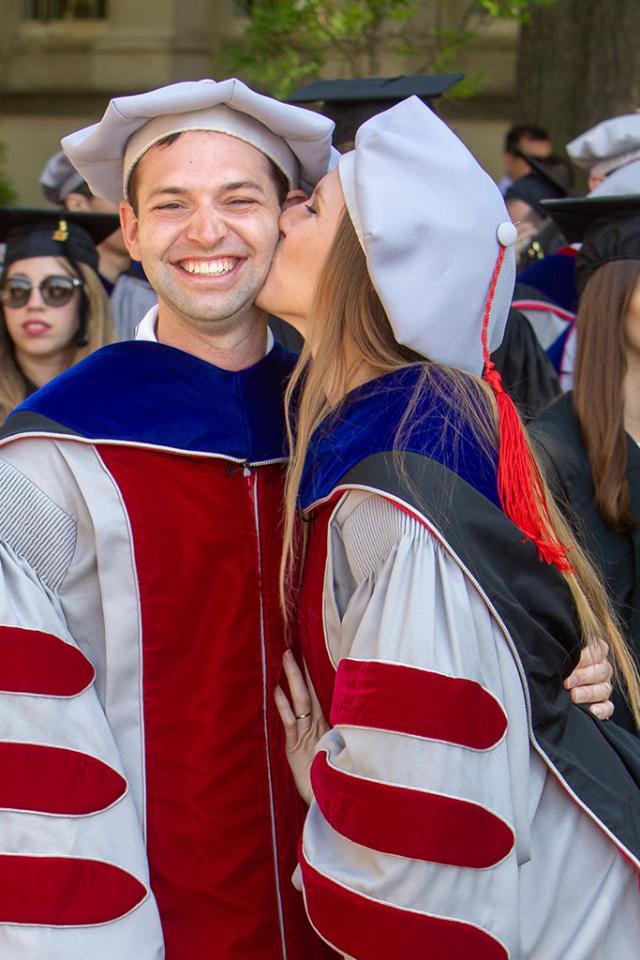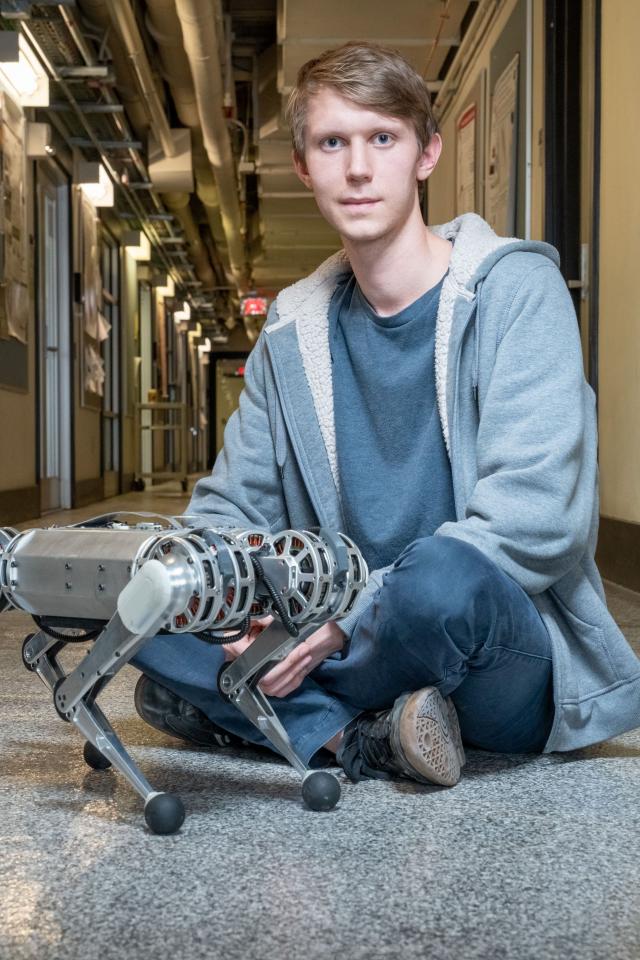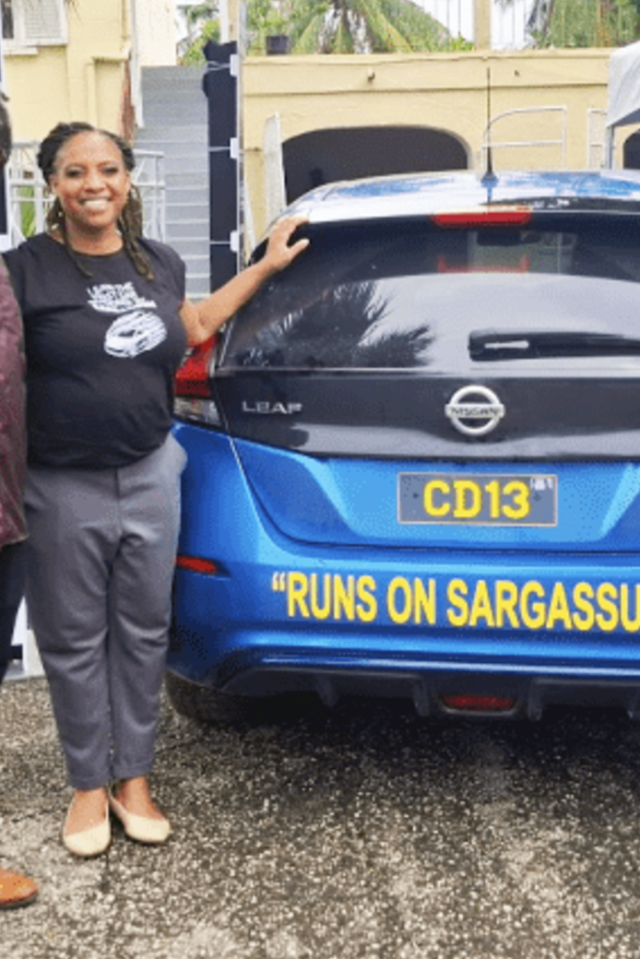RJ Scaringe
Last November, much of the buzz at the Los Angeles Auto Show was generated by a company few people had heard of. According to RJ Scaringe SM '07, PhD '09 founder and CEO of Rivian Automotive, that was entirely by design. “Prior to the LA Auto Show, the world didn’t know much about us,” explains Scaringe. “We took the decision as a company to be completely quiet as we were building our product portfolio and developing new technologies.”

After maintaining a low profile for the better part of a decade, Rivian unveiled its first two products at the auto show: the R1T pickup truck and the R1S SUV. Both vehicles are fully electric and powered by a battery that lasts 400 driving miles when fully charged. Since unveiling these products, Rivian has announced over $1.5 billion of investments from companies like Amazon, Ford, and Cox Automotive. This fall, they also announced a plan to manufacture 100,000 electric delivery vehicles for Amazon – the largest-ever project of its kind.
The launch of the R1T and R1S in 2020 will be the culmination of a journey that has its roots in MIT’s Sloan Automotive Lab, where Scaringe conducted his master’s and doctoral research under Professor Wai Cheng. He studied how to extend the load limit of homogeneous charge compression ignition engines, an internal combustion engine with low emissions.
“RJ was a low key but productive student,” recalls Cheng. Cheng remembers one of Scaringe’s fellow students describing him as the nicest guy around, except on the basketball court where he demonstrated his ambitious side. “That comment sums up his personality and drive,” adds Cheng.
After graduating with his doctoral degree in 2009, Scaringe’s drive led to him founding Rivian. In its first two years, Rivian’s main focus was on developing an electric sports car. But in 2011, Scaringe took a step back to reexamine his company’s priorities.
“It became increasingly clear that we weren’t answering a question that the world needs an answer to,” says Scaringe. He and his team took the bold move to scrap their work on an electric sports car and really consider what the world needs. They landed on their raison d'être: to develop electric vehicles that promote an active lifestyle and facilitate trips that would generate lifelong memories.
“We wanted to embed vehicles with a technology platform that helps drive sustainability and gets more electrically powered miles on the road,” Scaringe explains. It was at that point the company pivoted to the development of electric trucks and SUVs, and subsequently went radio silent as they developed the R1T and R1S.
Both cars have four motors that enable complete control of torque at each wheel – ensuring a level of control suitable for off-roading. These four motors are powered by a smart battery management system (BMS).
Rivian’s BMS observes driver and vehicle behavior such as the duration and frequency of charging periods. Using this information, the BMS makes real-time adjustments to improve both the performance and health of the battery. “We use the statistical knowledge of how the vehicle is being used to adjust the control algorithms within the BMS,” Scaringe explains.
For Rivian, promoting sustainable energy doesn’t stop with the end of a vehicle’s life. Their batteries have been designed to have ‘second-life’ applications in energy storage. “We see second-life applications becoming much more important, which is why we are including them in our front-end designs,” Scaringe adds.
Rivian has already begun to test these second-life applications. Through a partnership the Honnold Foundation, they are using batteries from their test vehicles to provide energy storage for a sustainable solar microgrid in Puerto Rico.
Much of Scaringe and Rivian’s focus has now shifted to how to produce the R1T and R1S at scale and launch commercialization. “It’s a complex orchestra of activity,” he says. Rivian will begin selling vehicles to consumers in 2020, opening a new chapter in their mission to facilitate adventures while promoting sustainability.




